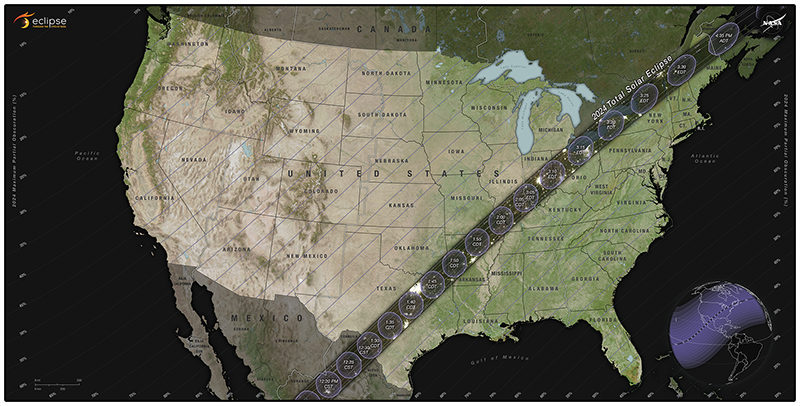
Learning Overview: This activity will help students learn more about eclipses and how to communicate scientific information through the creation of a video about the upcoming...

Learning Overview: This activity will help students learn more about eclipses and how to communicate scientific information through the creation of a video about the upcoming...